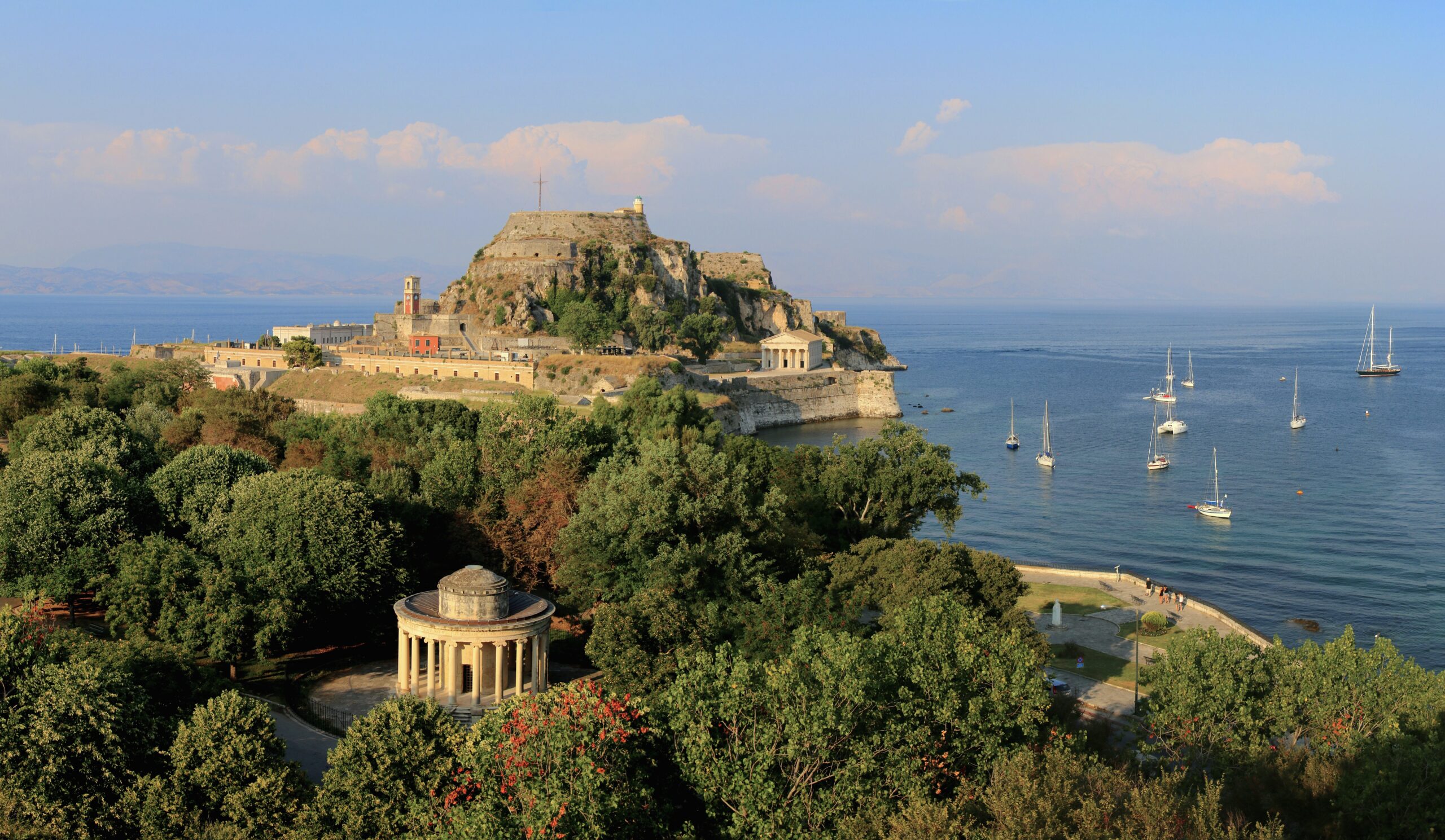Matthew Dennison’s insightful exploration uncovers the fascinating and enduring legacy of the formidable Venetian Empire, whose once-dominant maritime presence left an indelible mark across the Greek world, from its ancient islands to its rugged mainland.
For centuries, the Republic of Venice exerted immense influence, not merely through conquest but through a profound integration with local populations. The ‘roving Venetians’ were master traders and astute administrators, weaving their customs, artistic expressions, and governance into the fabric of Greek societies. This extensive reach fostered a unique cultural syncretism, where Venetian flair merged seamlessly with established Greek traditions, creating a rich tapestry of shared heritage that remains visible today.
Tangible evidence of this powerful historical presence dots the Greek landscape, manifesting most strikingly in the architectural marvels left behind. Magnificent rambling villas, built by Venetian nobles, stand as testament to their wealth and aesthetic sensibilities, often showcasing a distinctive blend of Gothic and Renaissance styles adapted to the Mediterranean climate. Strategic fortresses, once vital for controlling trade routes and defending territories, still command panoramic views, their robust stone walls whispering tales of past sieges and mercantile ambitions, particularly prevalent in islands like Crete, Corfu, and the Cyclades.
Beyond grand structures, the Venetian influence permeated more subtle aspects of daily life and even religious practices. While the Greek Orthodox Church largely maintained its autonomy, Venetian Catholicism brought new artistic styles and liturgical practices to certain regions, leading to intriguing fusions in iconography and church architecture. Everyday customs, culinary traditions, and even certain dialects bear faint echoes of the long Venetian occupation, illustrating the depth of cultural exchange that occurred over centuries.
Today, these rich Venetian legacies are not merely preserved within history books but continue to shape the character of contemporary Greek life, offering a unique draw for discerning travelers. Many of these historically significant sites have been lovingly restored, allowing visitors to step back in time and experience the grandeur of a vanished empire. This deep-rooted historical context adds an unparalleled layer of charm and authenticity to these regions, making them distinct from other popular travel destinations.
Indeed, Matthew Dennison’s article subtly points towards the allure of immersing oneself in this unique historical tapestry, perhaps through property acquisition in these historically significant areas. Owning a piece of land or a restored villa in a former Venetian stronghold offers more than just a home; it provides a direct connection to a vibrant past, a chance to live amidst centuries of intertwined Greek and Venetian history. Such properties, often found nestled in picturesque villages or overlooking ancient harbors, represent a compelling blend of investment and cultural immersion for those seeking a truly unique lifestyle experience.
Ultimately, the lingering traces of Venice’s vanished empire across the Greek world serve as a compelling narrative of lasting power and captivating heritage. From the imposing ramparts of a Venetian fortress to the subtle echoes in local traditions, the Republic’s profound presence continues to invite discovery. For travelers, history enthusiasts, and even prospective property owners, exploring these regions is an invitation to appreciate an empire that, though gone, remains deeply embedded in the soul of Greece, offering an enriching travel and lifestyle experience.
Discover more from The Time News
Subscribe to get the latest posts sent to your email.





